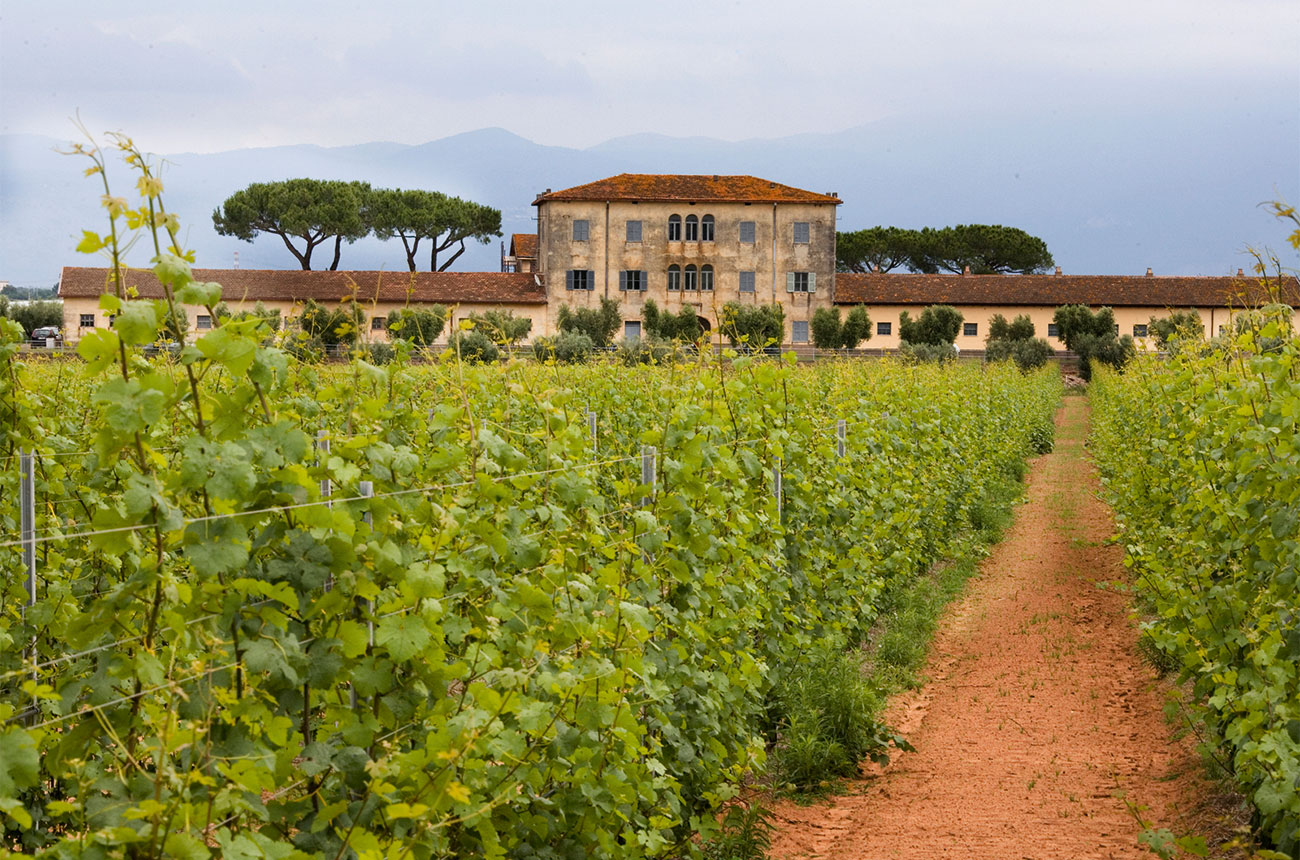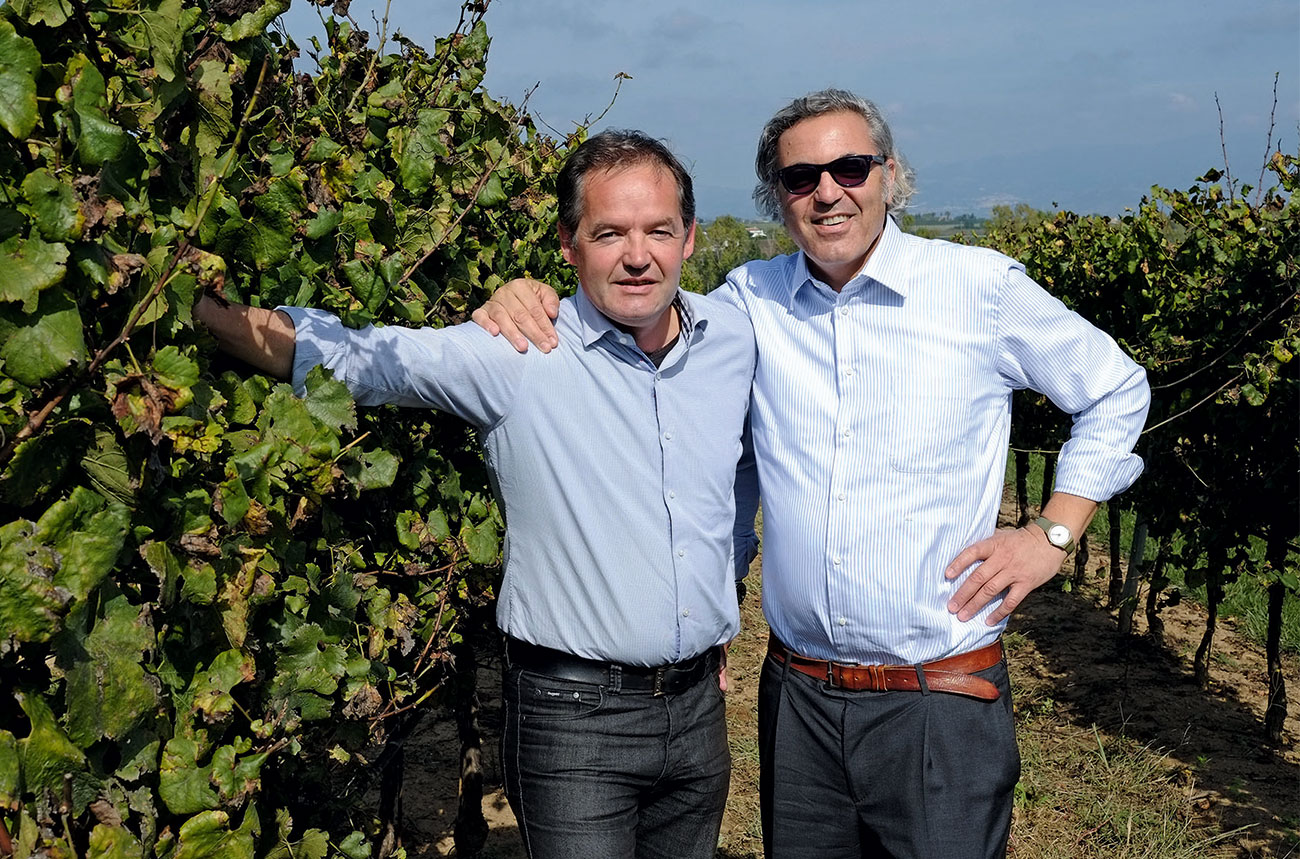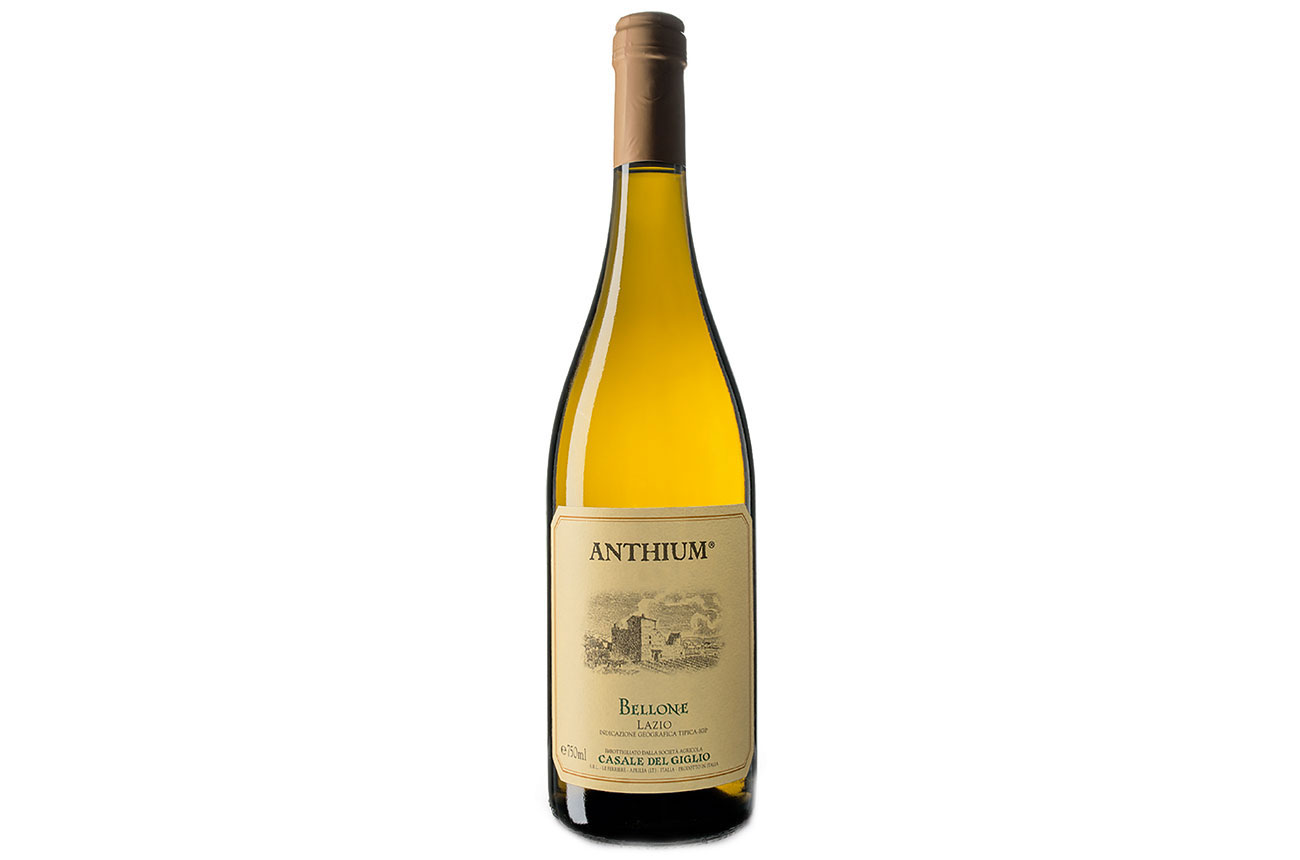Casale del Giglio is a winery whose time has come.
Rome is Italy’s biggest market for domestic wine bottle sales. Wines from every region of Italy have always been available in local retail as well as in most of the Capital city’s restaurants. In recent years, local wines have finally found a place on their own market thanks to the hard work of a few wine pioneers of the region, amongst which Antonio Santarelli’s Casale del Giglio has played the most important role by developing a unique brand of quality wines.
Casale del Giglio has come up with a concept for the future of wines from Rome and the surrounding region of Lazio: Super Lazio wines. The “Super” is the key; not part of the undistinguished plethora of local wines, instead, something that stands out for quality, but may not fit into an official categorisation. “Super” because it’s completely different in some way, maybe an “international” grape variety, like Syrah, Viognier or Petit Verdot; or because it’s a reinterpretation of a long lost local speciality, like Biancolella of Ponza (the secret holiday destination for Romans), Pecorino of Accumoli (the Santarelli family’s beautiful homeland, now under reconstruction after a devastating earthquake in 2016), Cesanese of Affile and Piglio in the southern valleys of Rome, and Bellone of Anzio (the fisherman’s town on the Roman coastline where the Emperor Nero used to spend his summers).

So how has Casale del Giglio become a reference point for central Italian wines and a must-have in the homes of wine connoisseurs in Rome and the restaurants they frequent?
Casale del Giglio was founded in 1967 by Berardino Santarelli, a Roman wine merchant who saw the potential of the uncharted land in the Agro Pontino valley.
He realised that with its position between the hills and the sea, a specific microclimate and the promise of indigenous root stock, the territory offered a unique opportunity to attempt something no-one had ever done before in a region with true winemaking potential.
A turning point came in 1985 when the Santarelli family invested heavily in viticulture research, and in a long-term collaboration with the oenologist, Paolo Tiefenthaler. The result is a re-evaluation of the winemaking potential of the Agro Pontino district, based on the same principles of viticulture found in Bordeaux, California and Australia, where they too benefit from the influences of a maritime climate.

More than 20 different wines are produced in Casale del Giglio’s vineyards today; some from indigenous grape varieties like Bellone and Cesanese, others from French varietals that have proved they can thrive in this warm, but sea-tempered region. In addition to the usual suspects, like Chardonnay, Sauvignon Blanc, Merlot and Syrah, there have been some very successful surprises such as Petit Manseng, Viognier, Tempranillo and Petit Verdot.
If the identification of successful grape varieties for the region is one theme, the other theme the company is proud to focus on is rediscovery of vines native to Lazio which have been found in districts neighbouring Casale del Giglio’s principal vineyards. These include:
The Biancolella Project on Ponza
The year 2010 saw the launch of a research project on the island of Ponza, just off the coast of Lazio, which led to the rediscovery and positive reassessment of the Biancolella grape. This variety was first introduced to Ponza in the 18th century by settlers from the island of Ischia, sent by the Bourbon monarch of Naples to produce timber for the kingdom’s fleet.
The Bellone Project in Anzio
The coastal area around the town of Anzio, where passionate winemakers still cultivated the ancient Bellone grape, was chosen for a research project in 2012; a choice made in keeping with the claims of antiquity that “Bellone thrives on sea air”.
The wine is named “Anthium”, from the Latin, in honour of the town of Anzio which has great historical significance as the site of Operation Shingle, the crucial Anglo-American landings during the Italian Campaign of World War II.

The grapes come from very old ungrafted vineyards where, over time, a perfect harmony of vine, soil, climate and local tradition has been achieved.
The Pecorino Project in Accumoli
After long years of experimentation with local grapes the Pecorino Project finally took off in April 2018 in the hill town of Accumoli, where the 2016 earthquake did most damage. 5,000 cuttings were planted on a hectare of land, 850 metres above sea level. This particular site makes the Pecorino from these parts the ideal starting point for the production – by the bottle-fermented method – of a sparkling wine of great finesse.
The Cesanese Project
The Cesanese grape hails from Lazio’s province of Frosinone, inhabited in pre-Christian times by the ancient Volsci tribe who ruled the area until the Romans prevailed in 385 BC. Prime areas for the cultivation of the grape are around the hill towns of Affile and Piglio. Cesanese is a low yield, late-ripening variety which lends itself to late harvesting; it is currently being produced under the label “Matidia”, niece of Emperor Trajan and mother-in-law of Emperor Hadrian.
Casale del Giglio currently offers a range of 23 products –9 white wines, 1 rosé, 8 reds, 1 late harvest, 3 grappas and an extra-virgin olive oil.
Contact: export@casaledelgiglio.it






